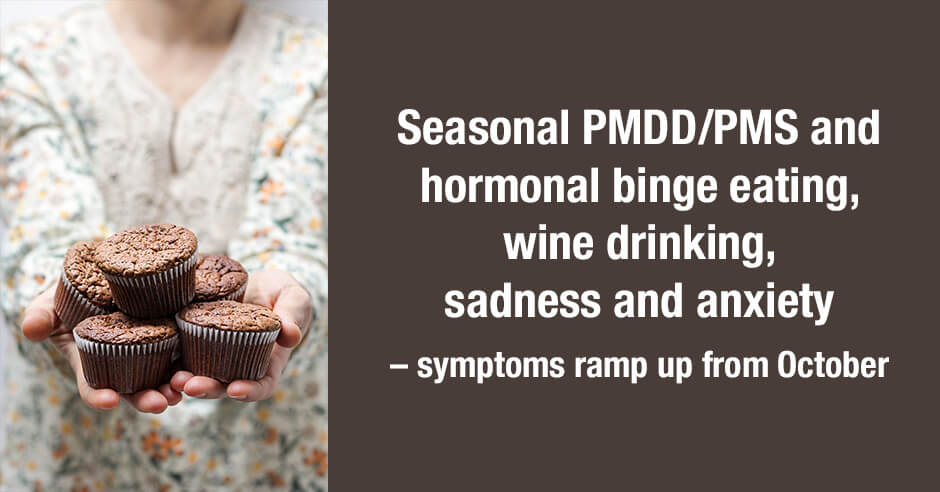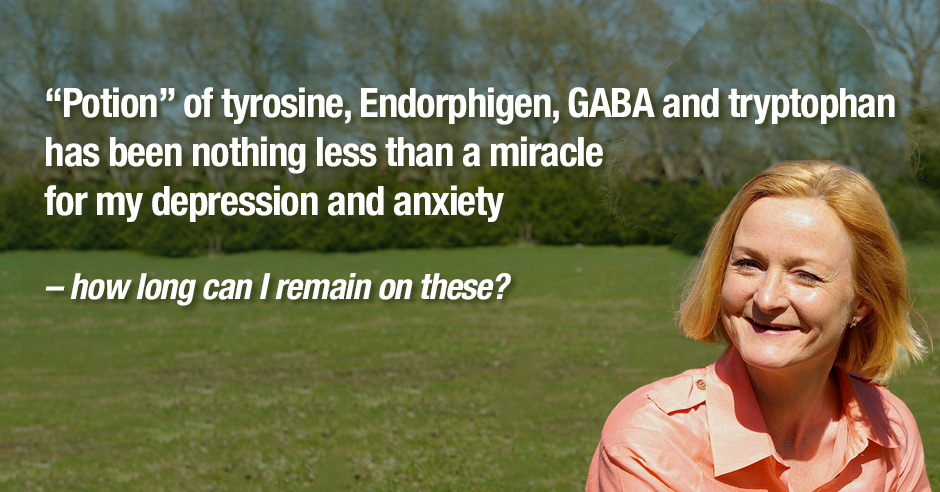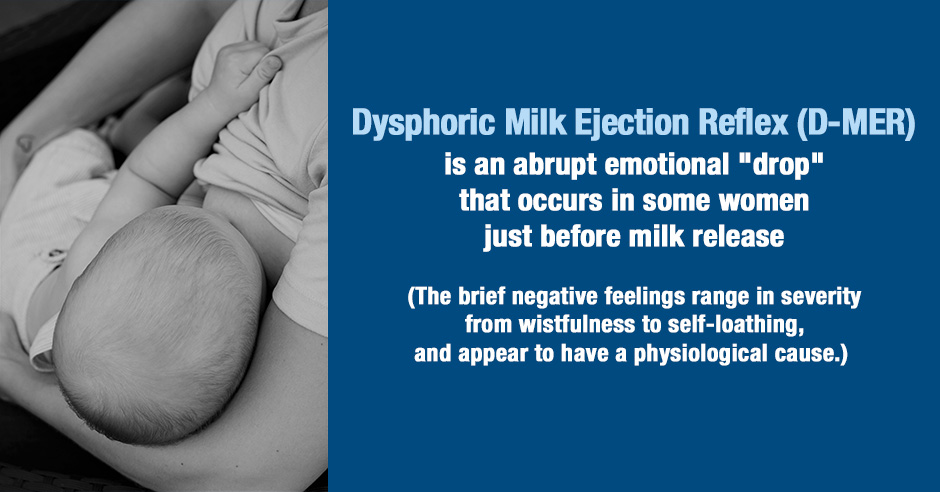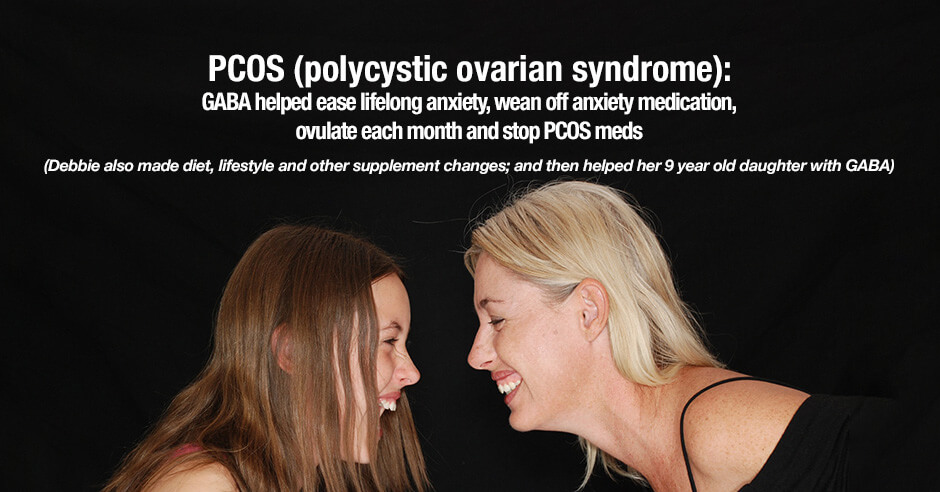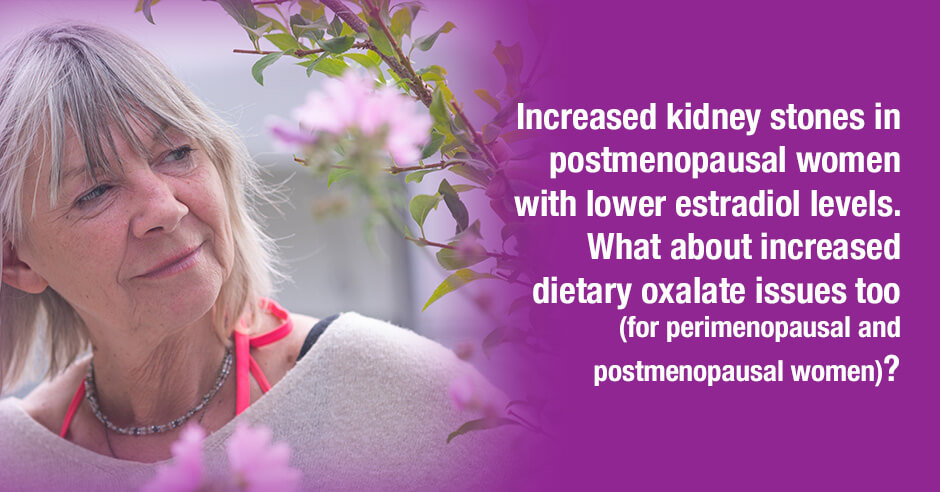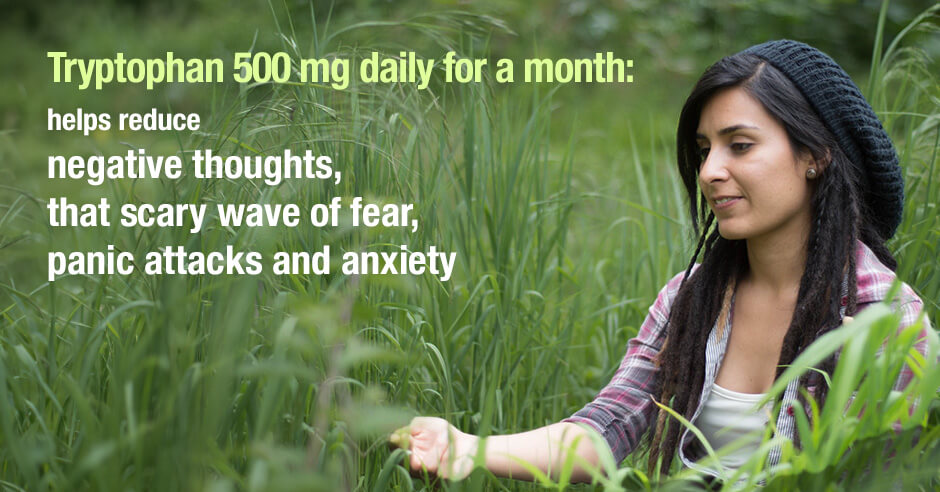
Sylvie learned about my work after hearing me speak about nutritional solutions for anxiety on a summit. I discussed the use of tryptophan for low serotonin type of anxiety and panic attacks. She shared how much just 500 mg of tryptophan helps her and asks about using pharmaGABA too. In this blog I share my insights on next steps for someone in her shoes: using more tryptophan and/or more GABA and/or another GABA product. I also suggest that she reconsiders her vegetarian diet which can definitely play a role in low serotonin and some of the other neurotransmitters. Here is her wonderful feedback about tryptophan and her question in her own words:
I’ve been dealing with anxiety and panic attacks for a while. I am a vegetarian and really have no apparent reason why to have these two ghosts (anxiety and panic attacks) stealing the show in my present life. I don’t have anything causing intense stress or trauma and I take good care of myself. I went to see a Ph.D. in Psychotherapy and she couldn’t help me much, then I heard you talking about Tryptophan.
I got it the next day and I have been taking 1 x 500 mg at night daily, for about a month now. I have had almost no negative thoughts and that scary wave of fear in my body. Ok, maybe a couple of times, but really, very minimum. I was having a panic attack about once a week, ever since I took Lidtke Tryptophan so far I think I wanted to have a couple of them in the whole month, but they came very mildly and they disappeared.
May I take advantage and ask a question? When I felt I was going to have a panic attack I tried a 100mg of Pharmagaba that I found at Whole Foods, but I don’t think it did much for me. I know you recommend the GABA Calm, but I’ve suffered from migraines in the past, and I am afraid that the tyrosine will trigger one (one of my triggers for panic/anxiety are migraines), so what other brand/amount could I take that does not have tyrosine?
I don’t take any medications and am very healthy (had a yearly check up with complete lab work done in January), so the minimum dose of Tryptophan seems to be working well for me. THANK YOU SO MUCH for sharing this information. I now understand the power of nutrition in our brain’s health, thanks to your book, etc…
Use what is already working and increase to find the ideal dose
It’s wonderful to hear how just 500 mg tryptophan once a day had such an impact on her and I appreciate her for sharing this on the blog so I can share here.
When I’m working with a client we always use what is already working well – in this case it’s tryptophan – and increase it to see if we can find the ideal dose and alleviate all the low serotonin symptoms.
Her negative thoughts and the scary wave of fear have been dramatically reduced but do happen from time to time. By increasing tryptophan she may well be able to completely eliminate them.
Panic attacks are a classic sign of low serotonin and with this amount of tryptophan they have decreased from once a week to a mild version once a month. This is another clue that tryptophan is helping and that it’s worth considering an increase. I would start with this before adding in pharmaGABA or another GABA product (but more on that below).
I would also review the list of low serotonin symptoms (you can find these here) and rate what else may still be causing any issues – like insomnia, PMS, anger, afternoon sugar cravings etc.
As far as increasing tryptophan a few options could be considered:
- 500 mg tryptophan mid-afternoon and 500 mg tryptophan at night OR
- 2 x 500 mg tryptophan at night (this would be a good option if sleep is still not ideal)
Precaution about serotonin syndrome with tryptophan/5-HTP
There are precautions when using certain amino acids and I always review them with all my clients. If they have been prescribed an SSRI I have them discuss the use of tryptophan/5-HTP with their prescribing doctor so they can be monitored for serotonin syndrome. With careful monitoring and doctor approval I feel comfortable having my clients use tryptophan/5-HTP 6 hours away from their one and only SSRI.
If they are using more than one SSRI and/or a combination of psychiatric medications, the use of tryptophan/5-HTP is not advised.
None of the above applied in this situation but it’s important to be aware of.
When to consider GABA and some products to trial
Low GABA can also be a factor when it comes to anxiety and panic attacks. But it’s best to get a good baseline of serotonin support before adding a new amino acid like GABA.
I would also review the list of low GABA symptoms (you can find these here) and rate which ones may still be causing issues – like how severe her physical anxiety/tension is when she has a panic attack, if she eats more sugar/drinks more alcohol when stressed and has low GABA tension-type of insomnia.
Tyrosine is a precaution with migraines so it was wise not to use GABA Calm but the pharmaGABA dose she used may not have been high enough. It’s worth increasing the dose to see if that helps before adding a different GABA product. A GABA only product like NOW GABA powder or a liposomal GABA/theanine product would be something to consider if the pharmaGABA doesn’t help. I shared a link to many of the GABA products that I use and recommend
The role of a vegetarian diet in low serotonin
I also suggest that Sylvie reconsiders her vegetarian diet which can definitely play a role in low serotonin and some of the other neurotransmitters.
She does share that she is surprised about the anxiety and panic attacks but it’s not really surprising to me because it’s a fact that you can become nutrient depleted on a vegetarian diet: low iron, low vitamin B12, low omega-3s and low vitamin D, as well as low intake of amino acids are common. All of the above are needed to make serotonin and other neurotransmitters.
She says “I now understand the power of nutrition in our brain’s health, thanks to your book.” I do address the issue with vegetarianism in my book so hopefully she is open to considering some changes.
Here are a few blog posts to illustrate the power of eating real whole food that does include quality animal protein:
- Paleo and grain free diets: anxiety and depression success stories
- A lifetime of horrible and bizarre intrusive thoughts eliminated by a low carb/high fat diet (not as strict as keto) – a case study and research
If she doesn’t make changes to her diet it’s possible she may need to use tryptophan and/or GABA long term.
Tryptophan and 5-HTP product options
Sylvie happens to respond well to tryptophan and yet some folks do better with 5-HTP so it’s a matter of doing a trial of each.
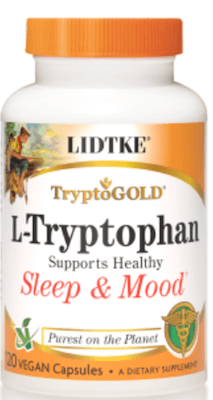
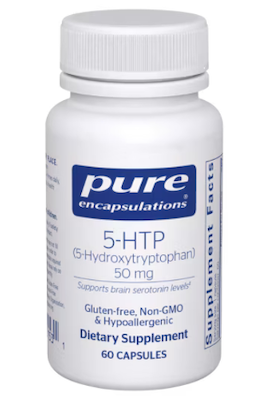
Products I recommend include Lidtke 500 mg Tryptophan, and Pure Encapsulations 50 mg 5-HTP. You can purchase these from my online store (Fullscript – only available to US customers – use this link to set up an account).
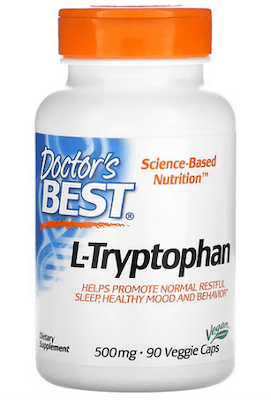
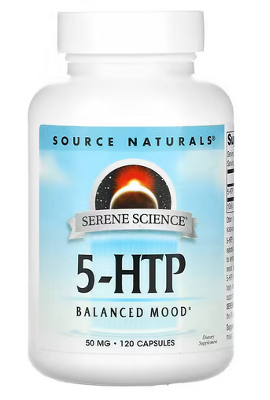
If you’re not in the US, Doctor’s Best L-Tryptophan 500mg and Source Naturals 50 mg 5-HTP are products I recommend on iherb (use this link to save 5%).
Additional resources when you are new to using tryptophan, GABA and the other amino acids as supplements
We use the symptoms questionnaire to figure out if low serotonin or low GABA may be an issue for you.
If you suspect low levels of any of the neurotransmitters and do not yet have my book, The Antianxiety Food Solution – How the Foods You Eat Can Help You Calm Your Anxious Mind, Improve Your Mood, and End Cravings, I highly recommend getting it and reading it before jumping in and using amino acids on your own so you are knowledgeable. And be sure to share it with the practitioner/health team you or your loved one is working with.
There is an entire chapter on the amino acids and they are discussed throughout the book in the sections on gut health, gluten, blood sugar control, sugar cravings, anxiety and mood issues.
The book doesn’t include product names (per the publisher’s request) so this blog, The Antianxiety Food Solution Amino Acid and Pyroluria Supplements, lists the amino acids that I use with my individual clients and those in my group programs. You can find them all – including the Lidtke Tryptophan 500 mg and some of the GABA products mentioned above – in my online store.
If, after reading this blog and my book, you don’t feel comfortable figuring things out on your own (i.e. doing the symptoms questionnaire and respective amino acids trials), a good place to get help is the GABA QuickStart Program (if you have low GABA symptoms too). This is a paid online/virtual group program where you get my guidance and community support.
If you are a practitioner, join us in The Balancing Neurotransmitters: the Fundamentals program. This is also a paid online/virtual program with an opportunity to interact with me and other practitioners who are also using the amino acids.
Have you had success using tryptophan and/or GABA for your anxiety, panic attacks, negative thoughts and scary waves of fear? If yes, how much helps? Did you start low and then increase?
If you’re a practitioner do you have success using tryptophan and GABA this way with your clients/patients?
Feel free to share and ask your questions below.
